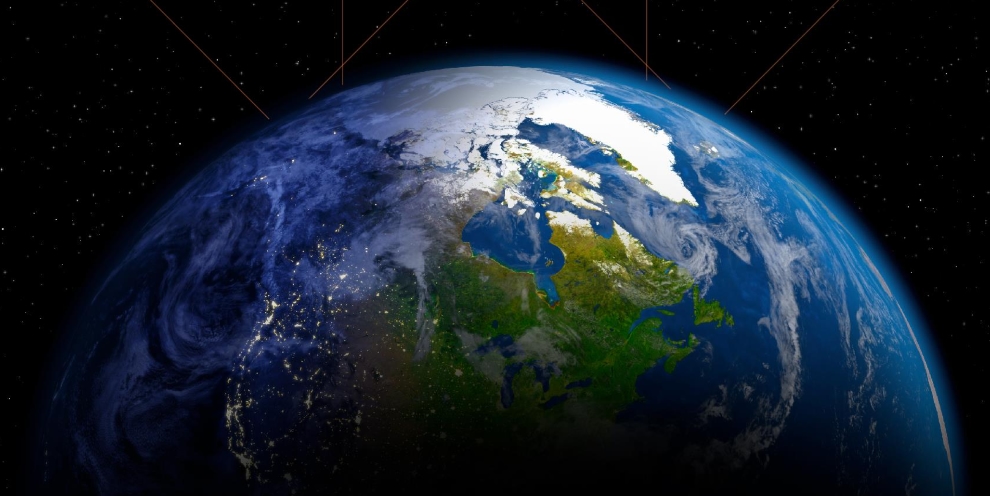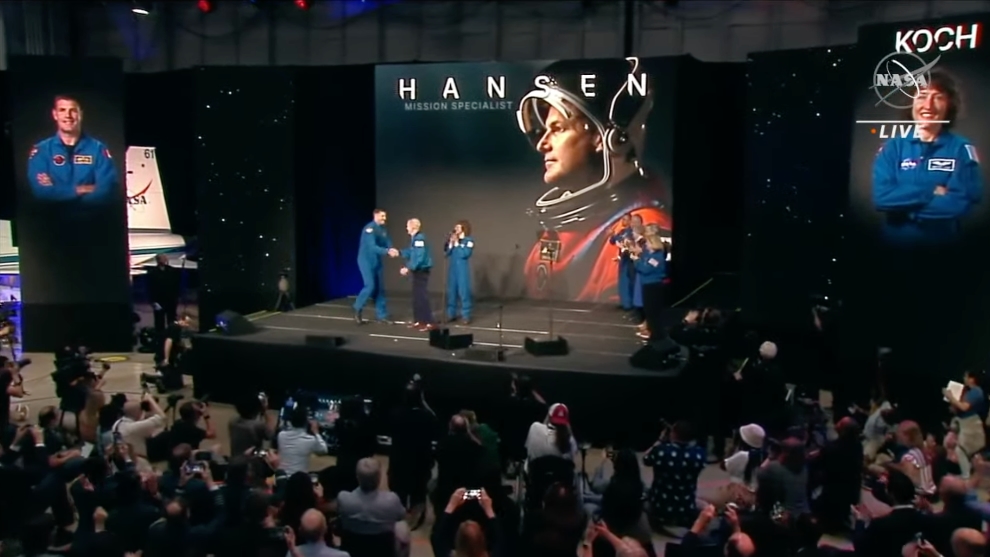As 2023 comes to an end we decided to look back on the year and select the top seven stories based on editor selection combined with readership preferences. Not surprisingly, Moon related stories dominated but a few people may be surprised to learn that Canada had 23 satellites launch this past year, more than double the previous two years combined.
7. Canadian Launching Company SpaceRyde Files for Bankruptcy

Our seventh top story of the year is one we wish we didn’t have to report, but SpaceRyde filed an assignment of bankruptcy February 10 ending the quest of one of several companies in Canada looking to enter the launch market. Even with a notable mentor in Chris Hadfield and some support from the Canadian Space Agency, the company couldn’t make it to market before their funding ran out.
6. Maritime Launch Services Gets a Little Closer to its Goal

At number six is Maritime Launch Services efforts to move forward with developing its spaceport in Nova Scotia. The company did manage to get a small student rocket launched, but its fundraising effort are still moving along slowly. The company did manage to secure a Nova Scotia Capital Investment Tax Credit and raise a little over $2 million earlier this month in a private placement.
5. The Canadian Space Agency Wants a Digital Earth Canada Prototype Developed

At number five is the Canadian Space Agency announcement in August that it was moving forward with request for proposals for an Earth Observation Data Analytic System Prototype, known as Digital Earth Canada.
The news was welcomed by the science community who have been clamouring for a big data solution for some time.
4. A Record 23 Canadian Satellites Were Launched in 2023

At number four was a record number of Canadian satellites launched. The list included six GHGSat emissions monitoring satellites, four Kepler Communications communication satellites, three hyperspectral Earth observation satellites for Wyvern, nine university CubeSat’s from the Canadian Space Agency’s Canadian CubeSat Project and another university CubeSat from UTAT (University of Toronto Aerospace Team) Space Systems.
Six were launched on the SpaceX Transporter-7 in April, one was launched on the SpaceX Transporter-8 in June, seven launched on the SpaceX Transporter-9 mission in November, and the remaining nine, the university Canadian CubeSat Project satellites were launched on two commercial resupply missions to the International Space Station where they were deployed.
3. MDA Has a Very Good Year

MDA makes it as the number 3 story. In early August Telesat announced that MDA had been selected as the Prime for its Lightspeed constellation of 198 initial satellites. The Telesat contract on its own represented the single largest contract in its history, valued at approximately $2.1 billion. Overall MDA had a very good year. It acquired SatixFy Digital Payload Division, announced it would double its presence in the UK, announced a $180 million NGSO satellite contract and several other contracts including Moon related ones from the Canadian Space Agency. Its stock price reflected its good year up over 82% for the year.
2. The Government Makes Good on Moon and Earth Observation Funding

Our second top story of the year is the government stepping in this years budget, surprising many with additional funding for Canada’s space program. While some of the funds were expected as a result of Canada announcing its lunar ambitions in 2019, money for a lunar utility vehicle was not expected. Budget 2023 included the following funds.
- $1.2 billion over 13 years, starting in 2024-25, to the Canadian Space Agency to develop and contribute a lunar utility vehicle to assist astronauts on the moon.
- $150 million over five years, starting in 2023-24, to the Canadian Space Agency for the next phase of the Lunar Exploration Accelerator Program to support the Canada’s world-class space industry and help accelerate the development of new technologies.
- $76.5 million over eight years, starting in 2023-24, on a cash basis, to the Canadian Space Agency in support of Canadian science on the Lunar Gateway station.
- $1.1 billion over 14 years, starting in 2023-24, on a cash basis, to the Canadian Space Agency to continue Canada’s participation in the International Space Station until 2030.
Along with the above funds announced when the budget was released, the government also came through for the Earth observation community announcing in October just over $1 billion in funding over the next 15 years for the “RADARSAT+ portfolio.”
1. Canada is Sending Jeremy Hansen to the Moon

Our number one story of the year is the announcement that astronaut Jeremy Hansen was assigned to the Artemis II mission which will see four astronauts return to the Moon for the first time since the Apollo 17 mission in 1972. The four member crew won’t land on the Moon, but will perform several key tests and do a flyby of the Moon. Astronaut Jenni Gibbons was recently assigned as a backup crew member for the mission should Jeremy Hansen not be all to participate. Assigning backup crews is standard procedure.
The Artemis II launch date is currently scheduled for November 2024.
 SpaceQ Space news and analysis.
SpaceQ Space news and analysis.




